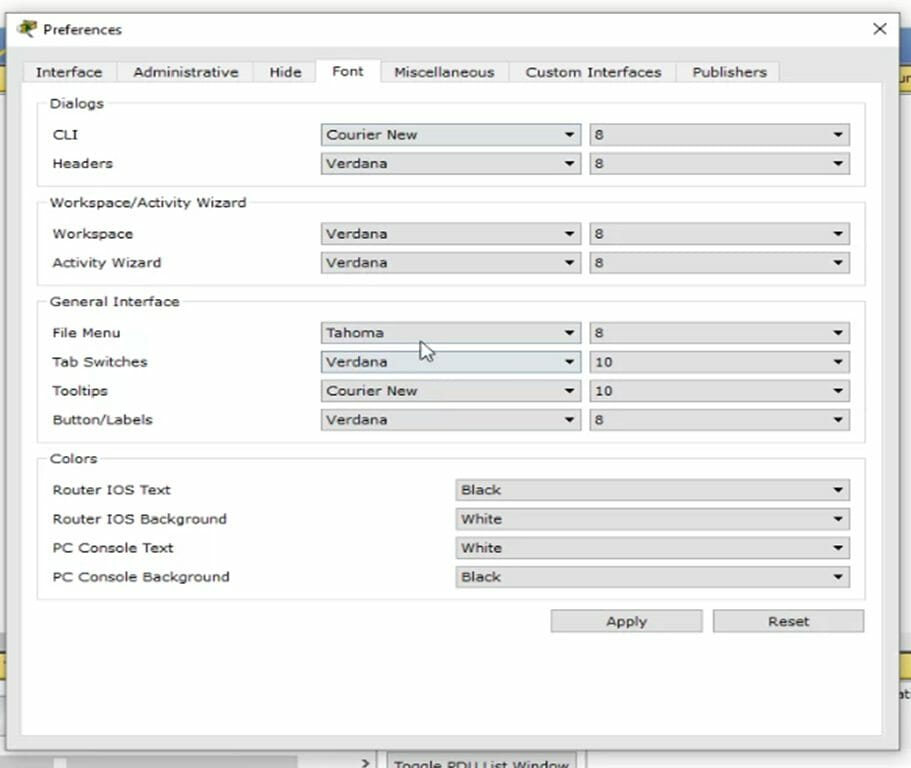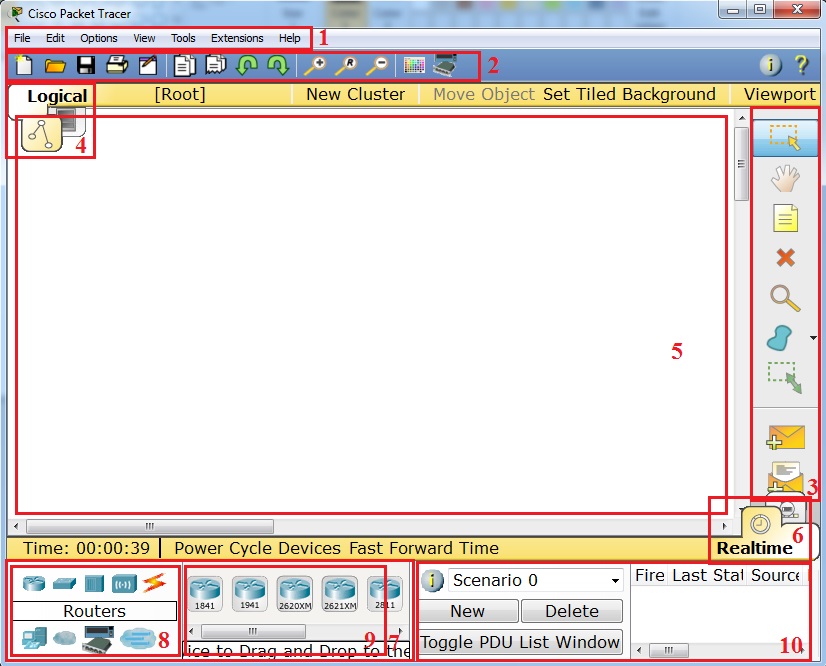
- PACKET TRACER ACTIVITY WIZARD DEFAULT PASSWORD PASSWORD
- PACKET TRACER ACTIVITY WIZARD DEFAULT PASSWORD MAC
Connect an Ethernet cable from PC-A to GigabitEthernet1/0/6 on the switch. The i nternet protocol processing is disabled. Vlan1 is administratively down, line protocol is down. Switch# show ip interface vlan1 Question: Examine the IP properties of the SVI VLAN 1. By default, all ports are initially assigned to VLAN 1. If there is no port in the up state in VLAN 1, then the VLAN 1 interface will be up, line protocol down. Ĭisco switches have the shutdown command configured by default on VLAN 1, and VLAN 1 w ill not reach the up/up state until a port is assigned to it and this port is also up. PACKET TRACER ACTIVITY WIZARD DEFAULT PASSWORD MAC
In this activity the MAC address is 0060.2fde.172d. What is the MAC address of this SVI ? Answers will vary.Īnswers will vary. Is there an IP address assigned to VLAN 1?
 Examine the characteristics of the SVI for VLAN 1. No configurations have been saved to NVRAM. Examine the startup configuration file in NVRAM. What is the range of values shown for the vty lines? How many Gigabit Ethernet interfaces does the switch have? Examine the current running configuration file. Verify that there is a clean default configuration file on the switch by issuing the show running-config privileged EXEC mode command. Notice that the prompt changed in the configuration to reflect privileged EXEC mode. Use the enable command to enter privileged EXEC mode. Assuming the switch had no configuration file stored in nonvolatile random-access memory (NVRAM), a console connection using Terminal will place you at the user EXEC mode prompt on the switch with a prompt of Switch>. The privileged EXEC mode command set includes those commands contained in user EXEC mode, as well as the configure command through which the access to the remaining command modes is gained. You will set passwords later in this activity.
Examine the characteristics of the SVI for VLAN 1. No configurations have been saved to NVRAM. Examine the startup configuration file in NVRAM. What is the range of values shown for the vty lines? How many Gigabit Ethernet interfaces does the switch have? Examine the current running configuration file. Verify that there is a clean default configuration file on the switch by issuing the show running-config privileged EXEC mode command. Notice that the prompt changed in the configuration to reflect privileged EXEC mode. Use the enable command to enter privileged EXEC mode. Assuming the switch had no configuration file stored in nonvolatile random-access memory (NVRAM), a console connection using Terminal will place you at the user EXEC mode prompt on the switch with a prompt of Switch>. The privileged EXEC mode command set includes those commands contained in user EXEC mode, as well as the configure command through which the access to the remaining command modes is gained. You will set passwords later in this activity. PACKET TRACER ACTIVITY WIZARD DEFAULT PASSWORD PASSWORD
Access to privileged EXEC mode should be restricted by password protection to prevent unauthorized use because it provides direct access to global configuration mode and commands used to configure operating parameters. You can access all of the switch IOS commands in privileged EXEC mode. In this step, you will examine the default switch settings, such as current switch configuration, IOS information, interface properties, VLAN information, and flash memory. Step 2: Verify the default switch configuration. A Cisco 365 0 switch first placed into service has no networking configured.

No IP addressing parameters are configured yet. Why must you use a console connection to initially configure the switch? Why is it not possible to connect to the switch via Telnet or SSH?
From the Desktop tab of PC-A, use Terminal to connect to the switch. 
Do not connect the device PC-A Ethernet cable at this time.
Connect a console cable from device PC-A to switch S1, as shown in the topology. From the shelf, click and drag the device PC-A and place it on the right side of the table. From the shelf, click and drag switch S1 and place it on the left side of the table. Step 1: Cable the network as shown in the topology. In Part 1, you will set up the network topology and verify default switch settings. Instructions Part 1: Cable the Network and Verify the Default Switch Configuration You will verify network connectivity and manage a MAC address table using two end devices. The t opology consists of one switch and two host s using only Ethernet and console ports. You will also use a management IP address for remote switch management. These basic switch settings includ e device name, interface description, local password s, message of the day (MOTD) banner, IP addressing, and static MAC address. You will examine default switch configurations before configuring basic switch settings. In this activity, you will build a simple topology using Ethernet LAN cabling to access a Cisco switch using the console and remote access methods. If the VLAN 1 SVI is assigned an IP address, by default, all ports o n VLAN 1 have access to the SVI IP address. The SVI, or management address, can be used for remote access to the switch to display or configure settings. 
Part 3: Verify and Test Network Connectivity Background / ScenarioĬisco switches can be configured with a special IP address known as the switch virtual interface (SVI). Part 2: Configure Basic Network Device Settings Part 1: Cable the Network and Verify the Default Switch Configuration Blank Line – no additional information Objective s








 0 kommentar(er)
0 kommentar(er)
